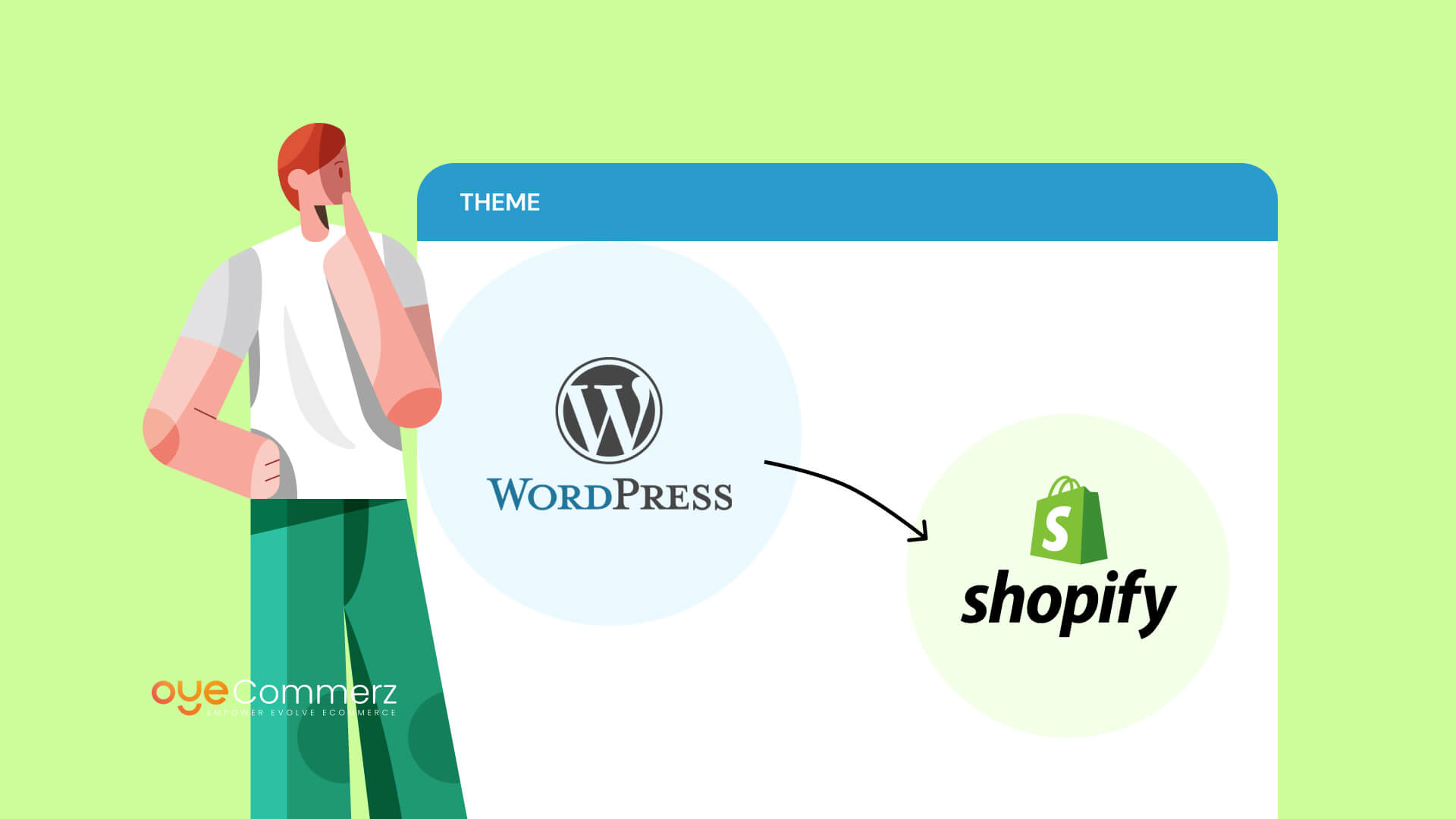Shifting from WP to Shopify marks an promising step toward optimizing your online store processes. As companies grow, selecting a platform that supports growth potential, user experience, and flexibility is essential. Shopify is widely recognized as a favorite for e-commerce professionals, offering superior flexibility, security, and user-friendliness. In this guide, we’ll explore why this migration is a game-changer, highlight the advantages, and provide practical tips to ensure a smooth transition.
1. Top Reasons to Transition from WP to Shopify
WordPress, paired with WooCommerce, has served countless e-commerce platforms. However, as businesses scale, challenges like plugin dependency, security vulnerabilities, and technical complexities often obstruct progress. Shopify, specifically created for e-commerce, eliminates these concerns with an comprehensive, intuitive platform. Statistics back this shift—Shopify powers over 4.4 million websites worldwide, with a reported 10% increase in sales conversion rates for many businesses after migration.
2. Shopify's Perks for Thriving Online Stores
Shopify’s robust ecosystem is tailored for expanding businesses. Its notable benefits are:
- Effortless Design Flexibility: Shopify provides over 80 professionally designed themes.
- Built-in Features: Capabilities such as Shopify Payments and integrated SEO streamline operations.
- International Expansion: Multi-currency support and regional customization enable businesses to reach global markets.
Additionally, Shopify delivers an uptime rate of 99.98%, ensuring your website remains accessible.
3. Getting Ready for Your WP-to-Shopify Transition
Before migrating, evaluate your existing setup. Analyze inventory details, client information, and search engine rankings. Tools like Shopify’s Migration Kit or external tools can simplify this process. Develop a comprehensive plan, making sure all assets—product descriptions, media files, and articles—are ready for seamless import.
4. The Importance of Accurate Data Migration
Transferring your data is a cornerstone of a successful transition. When migrating from WordPress to Shopify, focus on:
- Inventory Details: SKU, descriptions, and categories.
- Client Information: Emails, order history, and preferences.
- SEO Optimization: Retain meta tags, URLs, and forwarding paths to maintain search rankings.
Leverage apps like LitExtension to facilitate seamless migration while reducing mistakes.
5. Customizing Your Shopify Store
Post-migration, personalizing your Shopify store helps it reflects your business identity. Take advantage of Shopify’s drag-and-drop editor to create layouts with ease. Shopify's templates are mobile-responsive, ensuring a smooth UX across platforms—a key point, since 74% of online shopping is generated by mobile visitors.
6. How to Protect Your SEO Rankings When Switching Platforms
SEO is vital for preserving your online presence during migration. Shopify excels in SEO with clean URL structures, built-in optimization tools, and seamless blog integration. Ensure:
- Implement 301 redirects for old URLs.
- Optimize new pages with targeted phrases.
- Use Shopify's apps Plug in SEO to monitor performance after the switch.
7. Post-Migration Testing
Once the migration is complete, conduct thorough testing.
Check: - Page load times (Shopify boasts faster speeds compared to WP).
- Payment integration reliability and checkout processes.
- Adaptability across devices.
Quality assurance guarantees your store provides a seamless shopping experience from day one.
8. Case Study of a Successful Migration
An example of effective platform switching is Gymshark, a sportswear company that moved to Shopify. After the switch, the company experienced a 60% increase in mobile sales and reduced site downtime. This highlights the capabilities of Shopify in driving e-commerce growth.
9. Challenges and Solutions
Migration comes with challenges, such as information accuracy and reconfiguring custom functionalities. However, Shopify’s robust support and third-party experts simplify the process. Collaborating with qualified Shopify developers helps guarantee a smooth transition.
10. Making the Switch: The First Step Toward Success
Migrating from WordPress to Shopify marks a forward-thinking decision to online Shopify store migration checklist retail. By addressing scalability, streamlining operations, and improving buyer satisfaction, Shopify empowers businesses to succeed in challenging industries.
Final Thoughts
Switching from WP to Shopify offers a smart solution that can greatly enhance your e-commerce success. With a robust migration plan, the right tools, and professional guidance, you can unlock new growth opportunities.
Ready to make the leap? Let’s discuss how our Shopify migration services can transform Migrating eCommerce platforms your online store. Contact us now, or ask yourself: Can your business afford to miss out on Shopify’s growth potential?
